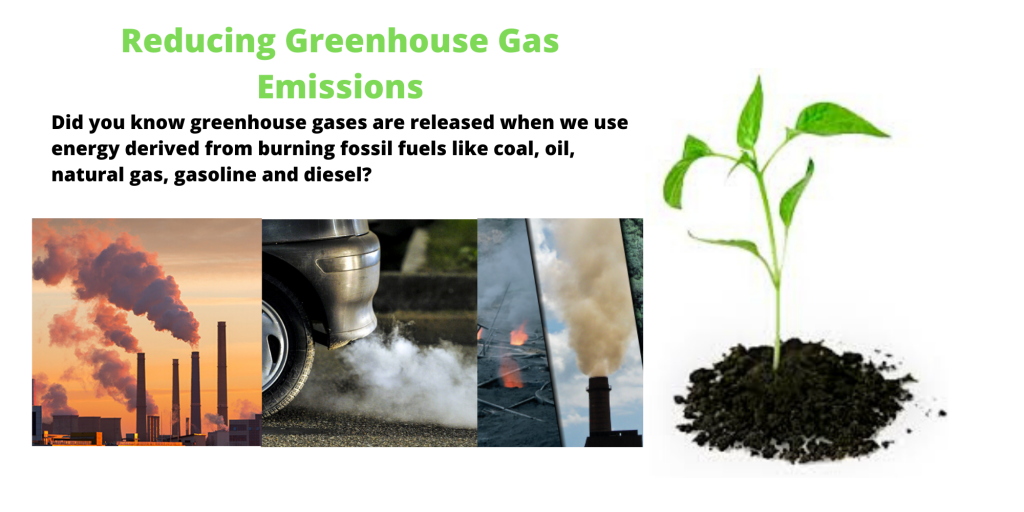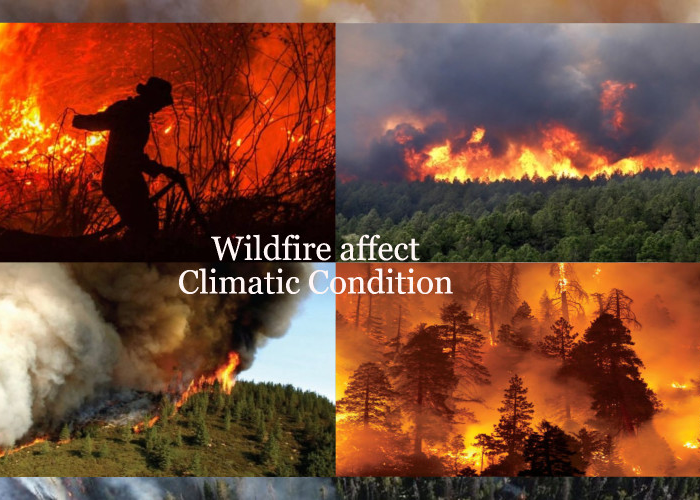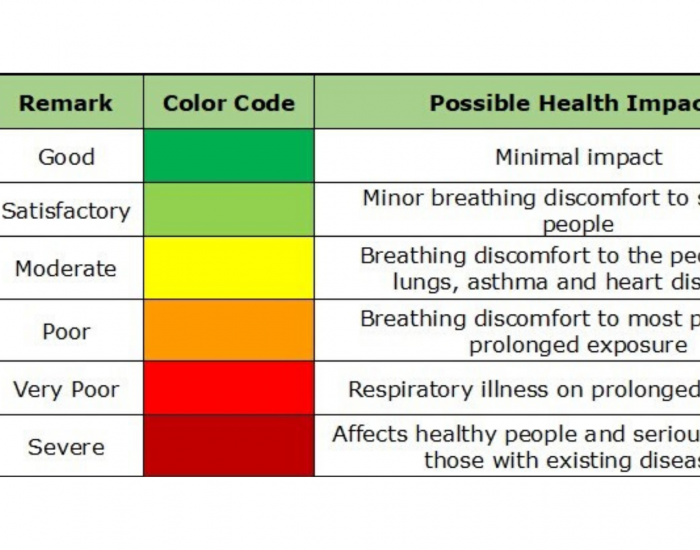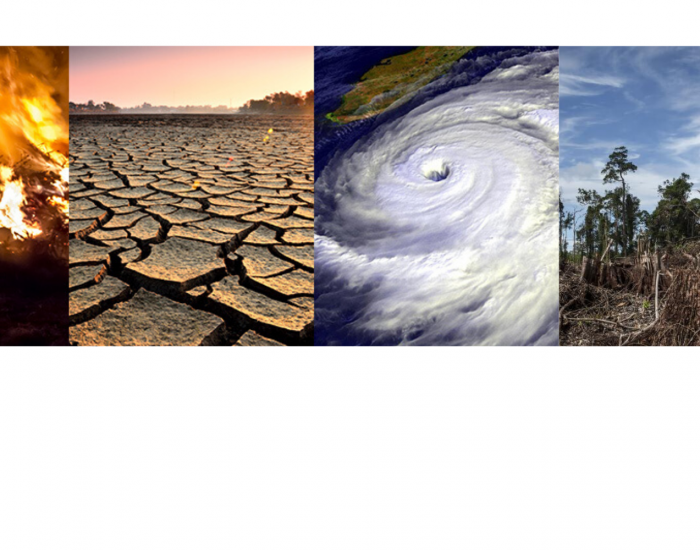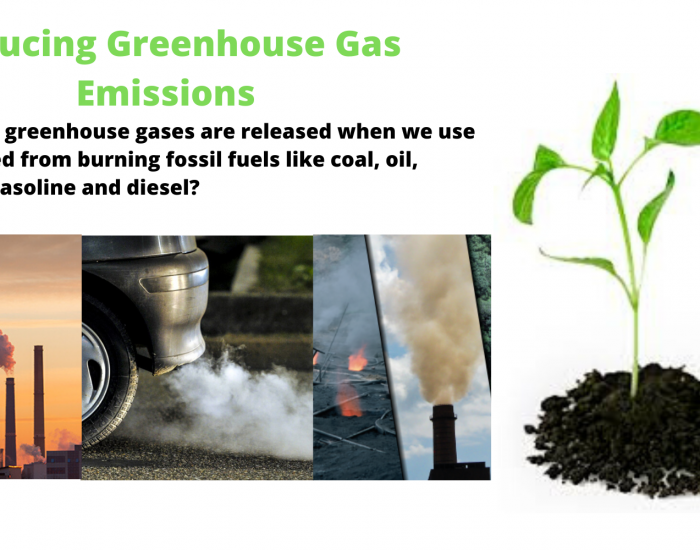Author: admin
Wildfire and climatic change
Wildfire and climatic change
Wildfire plays a major role in the forest ecosystem. But wild fire had many environmental related benefits like they can cut back the sick or dead trees and let the trees to re-grow for later. This proves that fire not destroy but also give re-growth to the tress in the forest. Wildfires are unpredictable and unplanned fires occur in the forest. Wildfires are burn at a temperature more than 2,000 degrees Fahrenheit. This temperature is twice hot as the surface of Venus. It will also spread faster at the ground, twice the human can run. There must be three things present, like oxygen, heat and fuel, a fire will start. This can be called as a fire triangle by foresters. If there is any plenty of these elements, the fire will spread towards the direction. To control the fire, we should limit any one of these in the three elements.
Effects of Wildfires
Plant purifies the atmospheric air by taking carbon dioxides and impurity air and release oxygen. When plant life is extinguished by fires, the quality of air that we breathe will dismiss and greenhouse gas will increase in the atmosphere will lead to change in climate and global warming. The clouds of huge smoke by wildfires will lead to air pollution. If the greenhouse gas will increase it will lead to global warming and the smoke and dust which destroy will cause air pollution.
We all know that forest soils are loaded with nutrients arise from decaying of remaining forest. There are some numerous natural features in the forest soil. While the burning of trees and leaves, the soil expose to make it readily unsafe to soil erosion. The entire value of the soil destroys due to high temperature caused by wildfires.
In dry tropical forest the commonly happen major issue was forest fire. During the forest fire, thousands of acres of trees are removed. Every year, during forest fire are shows that the quality of forest features like soil fertility, biodiversity and ecosystem will reduced.
The smoke from wildfires are mostly water vapour, also it contains gases like carbon monoxide, carbon dioxide and nitrogen oxide and other particulate matter which affect human health.
Causes of Wildfire
90% of wildfires may cause by humans. A worldwide study of smoking related fire by epidemiologists says that the smoking is the cause of fire. The effect and dust also cause breathing trouble and will lead to respiratory disorders. Due to climatic change, since 2000, an average of 72,400 wildfires had burned an average of 7.0 million acres.
In the earth’s crusts is usually discharges hot magma which releases lava during volcanic eruption. Magma is a molten rock found below the earth surface.
Wildfires have both immediate and long-term effects on air quality. Large amount of smoke released in the atmosphere during wildfire. The fire during air pollution may travel to a greater distance and it may affect the human health. It makes difficult to breathe when we are inhaling the polluted air.
Wildfire will affect local atmospheric pollution, and release carbon in the form of carbon dioxide. The ash and smoke generated during wildfires will pollute the atmosphere and affect the human health issue while people breathe the polluted gas. The health issues like breathing problems, eye irritation and respiratory disease are the common heath issue while people live near the fire areas.
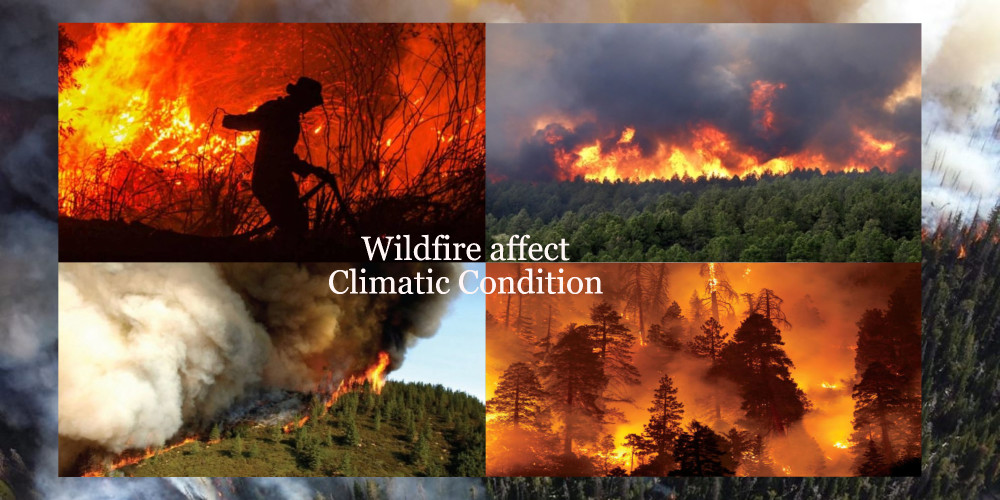
Effects on dust particles during construction works
Effects on dust particles during construction works
A report by urban emission published in Atmospheric Pollution Research proven, transportation is the main cause for emission in Bangalore.23% of air pollution was caused due to the on-road and construction dust. But most of the people accept it is our part of life in our daily life. Bangalore is one of the fast growing cities between 2003 and 2017, added more than 10,000km of road to increase the vehicle population and reduce the traffic on roads. Due to the improve of urban planning and public transport options, emissions of the dust particles will increased by atleast 50% in 2030.
Due to increasing construction activities, pulmonologists says that respiratory cases will increase over the years. During the construction works a lot of chemicals will release. Dr. Sandeep H.S, a consultant pulmonologist at Bangalore Institute of Respiratory Disease and Sleep Disorders (BIRDS) says that cement and sand dust will also lead to respiratory disease. Many chemicals like asbestos, silica, formaldehyde and many other carcinogenic chemicals. Carcinogenic chemicals will lead to cancer. An inflammatory change in the lungs is caused due to the particles which is less than 2.5mm.The explosion of silicon at sandblast will cause breathing difficulties to the human beings.
People, who continuing for long time exposure will lead to higher risk of pulmonary fibrosis, allergic conjunctivitis, cough and other respiratory system issue. Studies says that kids upto six years, the development of the lungs to kids in India and US was same but the ages between 6 and 12 there was a decline in the growth of lungs. One of the reasons for this was pollution explosion.
During site construction the owners must take dust prevention measures to minimizing the impact on the dust particles, made mandatory by the government. Construction should done scientific measures to minimize the loss of dust particles in the air. By watering the area in the site will decrease spreading of dust particles.
The study of World Health Organization (WHO) said that out of 10, 9 people will now breathe only polluted air, which also kills seven million people every year. Due to pollution, one-third of the people death because of stroke, lung cancer and heart disease.

Air Quality in Ghaziabad
Air Quality in Ghaziabad
Ghaziabad is the biggest and most population city in the National Capital region. Ghaziabad is famous for the traditional Hindon river. Now a day, this Hindon river had became dirty water due to violation on the river land. This is also the reason for toxic air pollutants. So, dams should be constructed on the Hindon river. This will control dust pollution naturally. 35-40% of people endure around the Hindon river may be expose with water-borne disease, which spread through water.
The city of Ghaziabad appeared as most polluted city with air quality index across the country which is lower under value of 335 was very poor released by central pollution control board. Both Noida and greater Noida are in very poor category due to rise in air pollution. Four monitoring station was recorded 335, the average air quality index in Ghaziabad on Thursday(24.10.19). On Wednesday the district officials declared that the air quality was good due to better implementation in which the agencies charged a penalty of Rs.2.23 crore from October 15 to October 22 as Rs.1.79 crore recommended last year.
The metrological department officials, says pollution level will remain same for next 2-3 days. Due to the strong blowing of the wind, pollutants were spread at the speed of 20-25kmpr in the earlier days. The pollution captured due to burning of stalks (the cut stalks of cereal plants left sticking out of the ground after the grain is harvested) in Haryana and Punjab.
Average Air Quality in Ghaziabad was very poor on Nov 7 2019. These will cause health impacts of respiratory illness and prolonged exposure. The Air Quality Index of Ghaziabad may vary from different Air Monitoring Stations at Ghaziabad. The Uttar Pradesh Pollution Control Board (UPPCB) Indirapuram, Ghaziabad, that the Air Quality Index (AQI) was 320 due to significant pollutant of PM2.5,UPPCB from Sanjay Nagar, Ghaziabad says 360 -very poor to breathe and UPPCB from Vasundhara, Ghaziabad says 329-very poor. All monitoring stations from Ghaziabad say that the quality of the air was very poor but the index of the air quality may differ. PM2.5, PM10, NO2, SO2, CO and O3 may pollute the air and these are calculated to find the quality of the air that we breathe.
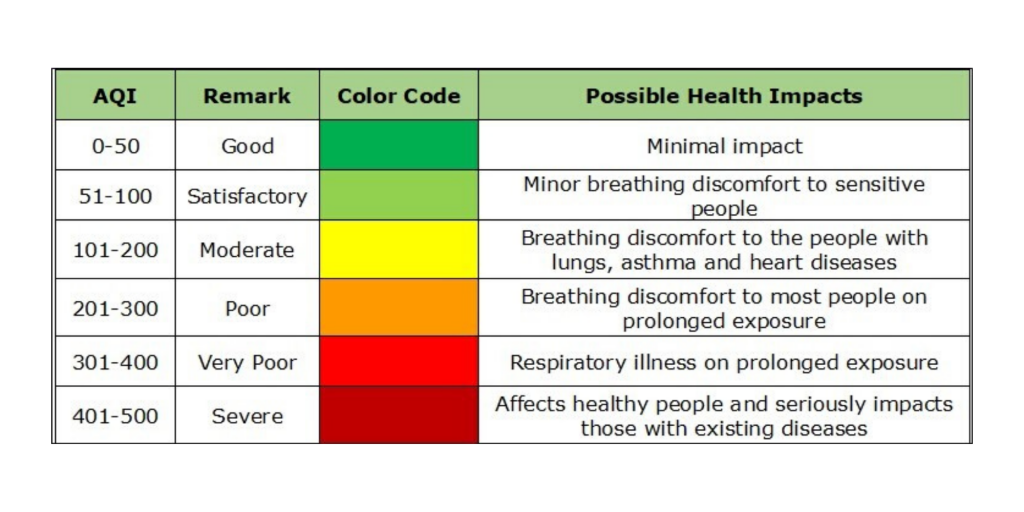
Climatic Condition Changes affect Environmental conservation
Climatic condition changes affect Environmental conservation
The largest area of tropical ecosystem was in Brazil, but the percentage of these reserves may be unsafe due to the global climatic changes according to the study in journal Conservation Biology.The study had determine the 993 protected areas throughout Brazil due to unsafe climatic change, throughout all areas more than 50 square kilometres includes national park, ecological station and indigenous territories by (FUNAI) National Foundation for native Peoples.
The analyst predicate the resilience of protected areas and these related to the results with the change in climatic condition, the estimation was based on the measured by government agencies and previous studies. Out of 993 areas, only 258 areas were only having medium unsafe areas and 17 were found highly unsafe to the climatic change.
The estimated climatic change is used for the study on Regional Climatic Change index (RCCI) was developed in 2012 by Brazil National Space Research Institute (INPE). The effect of climatic change and resilience were measured on the basis of data on the principle of native vegetation around preserve areas as well as the separation and size of the level.
The estimated climatic change and evaluation of hazards were combined with measure to arrive at the unsafe classifications. The 17 areas which is classified as high unsafe to change in climatic condition with low resilience total 20,611 km and are located in the following ecosystem: Atlantic rainforest, Cerrado and Amazon. The remaining 258 areas with medium unsafe were taken for both hazard and resilience. More than 750,000km of native vegetation areas may be at risk in the coming ten years.
It is important to reduce the effect of climatic change in the protected areas. They represents a large carbon store and maintain the ecosystem by maintain pollinators (fertilize), water resource and other service related to our needs and food security said by biologist Carlos Joly-member of steering committee for FAPESP Research program on biodiversity characterization. During the earlier years, the expected variation in temperature and rainfall may change these areas was shown in the study.
Research was shown that these changes can affect the scattering of tree species and the durability of certain animal species.
Strategies for Adaptation
In the previous research the study proves the four adaptation methods. Each unsafe class had different adaptation method. No involvement will needed for resilient areas at low risk from climate change, but the ecosystem should maintain to provide the depository for biodiversity in other areas. In the medium unsafe area, the checking and security should be focused. The study offers that the execution of involvement measures, including species translocation, upgraded connections between the areas and management of traditional population in the event of high risk to biodiversity. Deforestation is one of the main reason in the absence of connectivity between areas of native vegetation.
It is important to give awareness for the importance of protected areas to be saved for future.
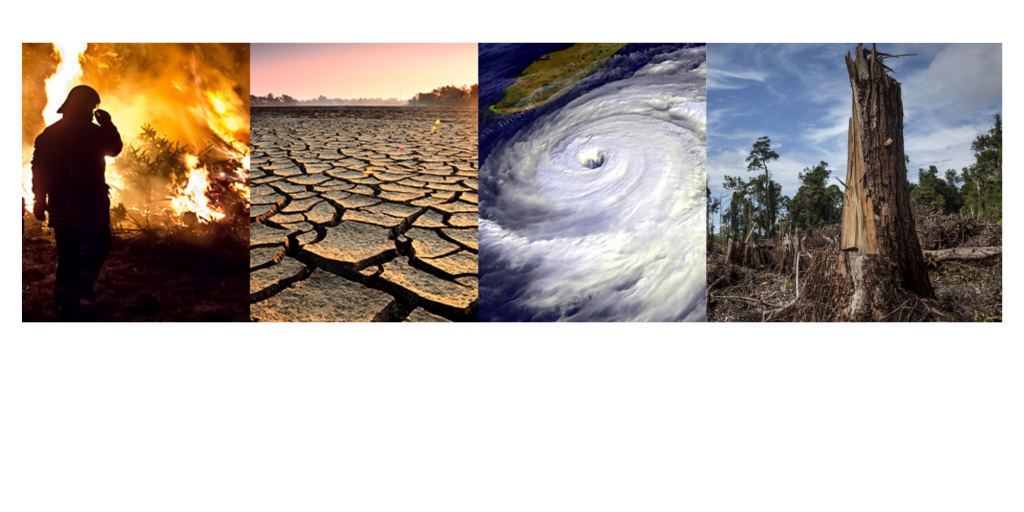
Effects Of Green House Gas
Effects Of Green House Gas
Greenhouse gas emits radiant energy, and it cause greenhouse effect. This will make the earth much warmer than would be without an atmosphere.Most of the greenhouse gases in earth’s atmosphere are water vapour, carbon dioxide, methane, nitrous oxide and ozone.
Carbon dioxide (CO2)
Due to the burning of fossil fuel like coal, natural gas, oil, solid waste and also other chemical reactions at the place of manufacture of cement. NASA has detected the increasing amount of carbon dioxide and greenhouse gases in the atmosphere. It may cause the atmosphere to trap more heat.CO2 is removed from atmosphere when it absorbed by plants as a part of biological carbon cycle.
Methane
Methane is discharged during the production and transport of coal, natural gas and oil. It is found in small quantities in earth’s atmosphere. Methane is the simplest form of hydrocarbon, and it is a powerful greenhouse gas. It is flammable and also used as fuel.
The main cause of climatic change was due to the emission of greenhouse gas. The effect on global warming are destructive and these emission are reduced to block humans from utilize pressure on the planet. The International Energy Agency (IEA) has estimate the increase in emission of 130% by 2050 if we are not unstoppable. The Kyoto protocol is an international agreement which is aimed to reduce the emission of carbon dioxide and greenhouse gas in the atmosphere. All world’s countries are responsible for high level of global pollution, but there are five countries that stands out from rest are:
China
In china, the percentage of the pollution was 30.It has a huge export market and also most populated country in the world. Only the five territories, has the most industries emits more carbon dioxide than any country in the world. As an effect, in recent years Beijing has experienced red alert for environmental pollution
United States
United states are the world’s biggest industrial and commercial power. Percentage of pollution in United States was 15%. The most important action to climatic change, has become insufficient. The pollution level was limited to big cities and in many rural areas are also being noticed by the effect.
India
The overall pollution percentage in India was only7%. In India, 15 out of 14 cities were polluted said by World Health Organization (WHO). They had a law of protecting air quality in the countries since 1981, but India was at third place in most polluting countries in the world due to the burning of fossil fuel.
Japan
The percentage of pollution level in Japan was 4%. The biggest consumer of fossil fuel in the world and fifth largest emitter of greenhouse gas was Japan. Due to the huge level of urban development and industry, this situation will lead to less care for nature.
Russia
The percentage of pollution level in Russia was 5%. Because of huge dependence on products like oil, coal, gas and fossil fuel, the world’s largest country appears to this stage. In the past few years, it has a several emergency on environmental has been made and high level of deforestation and animal hunting.
